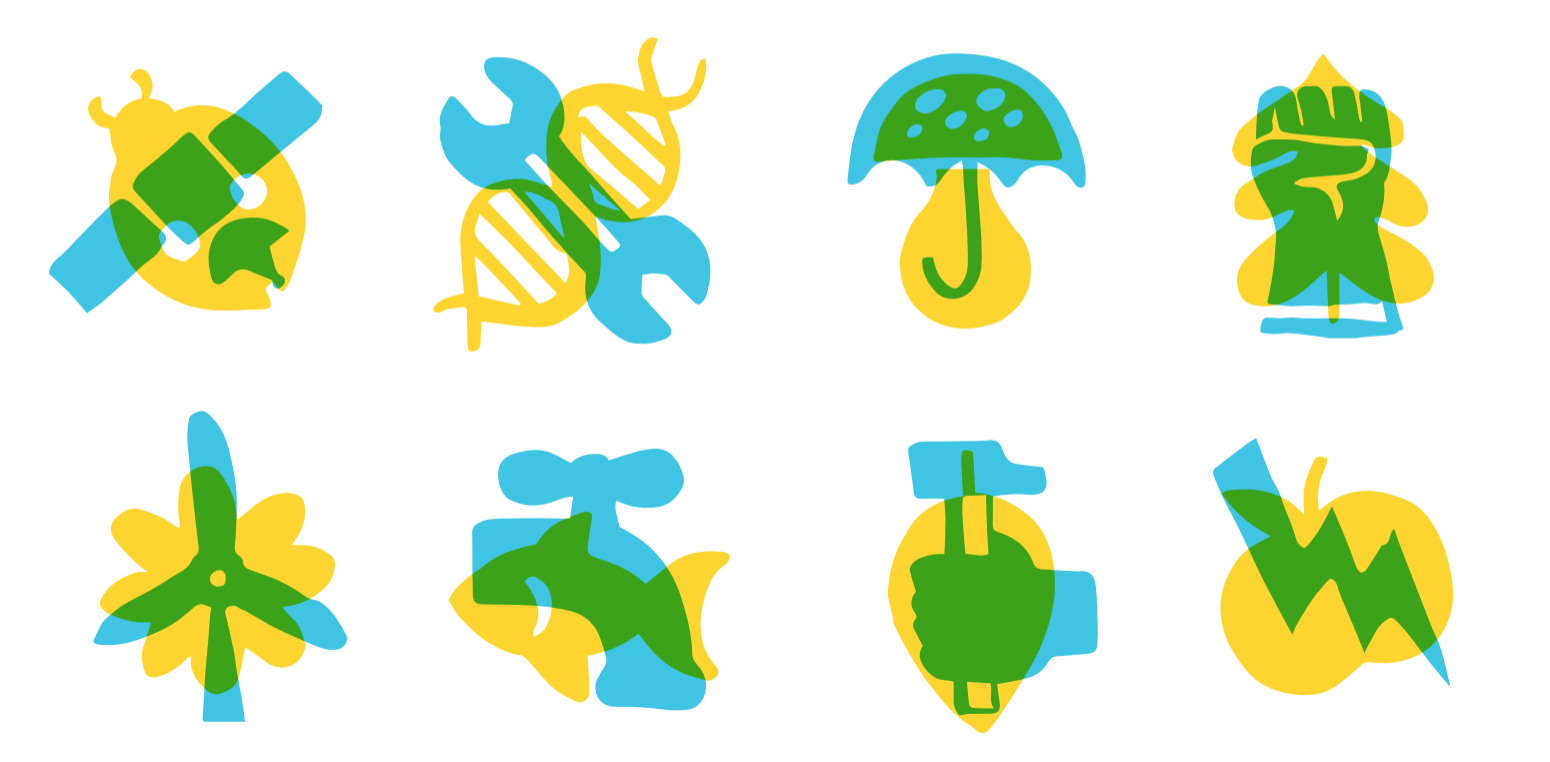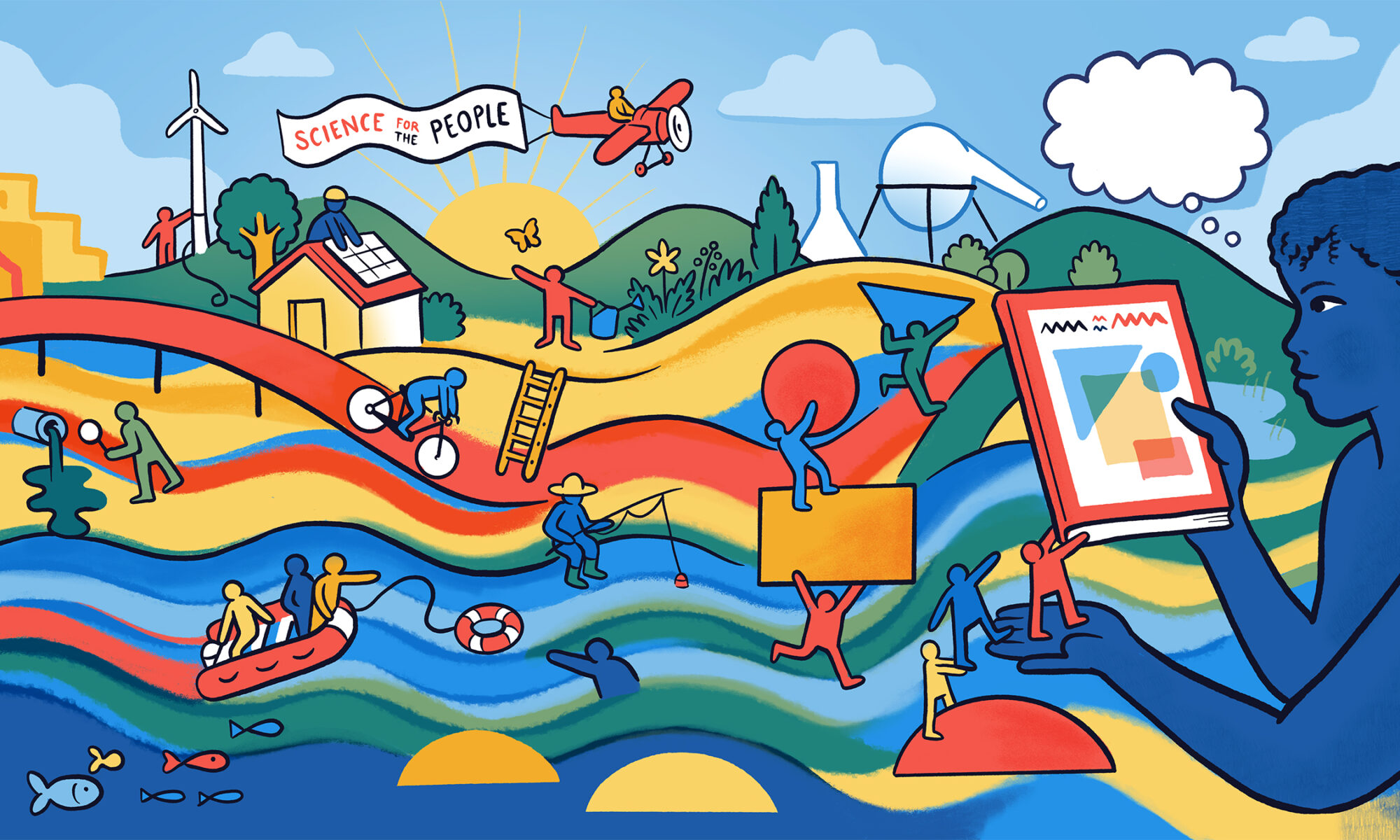One of the central goals of the People’s Green New Deal Campaign is to hold high profile, public events that examine the overlapping social, political, and technical aspects of the Green New Deal.
These events will focus on specific issues that a Green New Deal must address. Events should be regionally relevant and scaled to the capacity of the local organizers. Support is available via the national PGND campaign.
Are you hosting an event? Get in touch with us and we’ll spread the news.
Ideally, these events will:
- Highlight grassroots political campaigns to demand and drive just solutions, and how the STEM community can support these efforts;
- Serve as relationship-building and movement-building exercises, by facilitating new and deeper collaborations between Science for the People, other grassroots organizations, sympathetic political leaders, and STEM workers with relevant expertise; and
- Be recorded in various forms, to generate content that contributes to the PGND website and/or the Green New Deal issue of Science for the People magazine (expected publication date: spring 2020).
Events should have a specific focus within an issue area, and may touch multiple issue areas. For example:
- An event in 2020 on 15 years since Hurricane Katrina: racism, disaster relief, and climate change (issue area: Black Liberation)
- An event organized with Ciencia para el Pueblo (Mexico) on Whose Emissions? Production, consumption, neoliberal globalization, and a Green New Deal (Issue area: National culpability)
Core focus areas are:
- Women’s rights: Understanding how climate and environmental issues impact people differently according to gender, on a local/national/international level; and ways to address historical and modern inequities.
- Black liberation: Understanding how climate and environmental issues have impacted African-descended people; and ways to address historical and modern inequities.
- Indigenous rights: Understanding land dispossession; non-European and non-capitalist ways of understanding and using resources from the natural world; the particular relationship between the fossil fuel industry and Indigenous sovereignty; and ways to address historical and modern inequities.
- Labor: The jobs impacts of climate reforms; workforce retraining, job assurances, and suspicion of a Just Transition within the labor movement; the political impacts of extractive industry on local populations; the costs of the transition versus livable wages; and migrant labor issues.
- Migration and Refugees: Climate-driven displacement of people within national borders and across borders; creating an internationally-recognized definition of “climate refugee”; campaigns to build solidarity.
- Water: access, rights, management, regulation, and infrastructure.
- Agriculture and Land Use: The climate impacts of animal agriculture; soil science and soil as a carbon sink; agroecology and sustainable practices; differences in scale and regional specificity in agricultural systems; empowering farmworkers; forestry and deforestation.
- National Culpability vs National Burden: Nations will suffer impacts from climate change that are disproportionate to their contribution to global emissions.
- The Energy Transition & Energy Democracy: How, on what timescale, with what structures of finance, ownership, control, will we move energy off fossil fuels and toward renewable resources? How can we minimize reliance on unsustainable primary resource extraction and environmental exploitation?
- Technology: How does computer tech intersect with climate change? In a more sustainable future, what is the scale of tech infrastructure required and what would its execution look like? What is possible regarding labor conditions, ownership, open sourcing, contracts, public accountability, tracking of progress, increasing democratic participation in a GND process, coordinating disaster relief, source of materials (eg, minerals), and more?
- Built Infrastructure: How does our infrastructure lock in patterns of resource use? Transportation (electric vehicles, airline travel, and public transit); housing and zoning; water treatment and provision; user fees; desegregation of cities, displacement, sprawl and speculation; urban-rural relations; transportation of food; and disaster relief.
- Justice for the Future: the existential anxieties faced by today’s youth; visions of a sustainable society; and learning from non-European, non-capitalist philosophies of time and respect for future generations.
